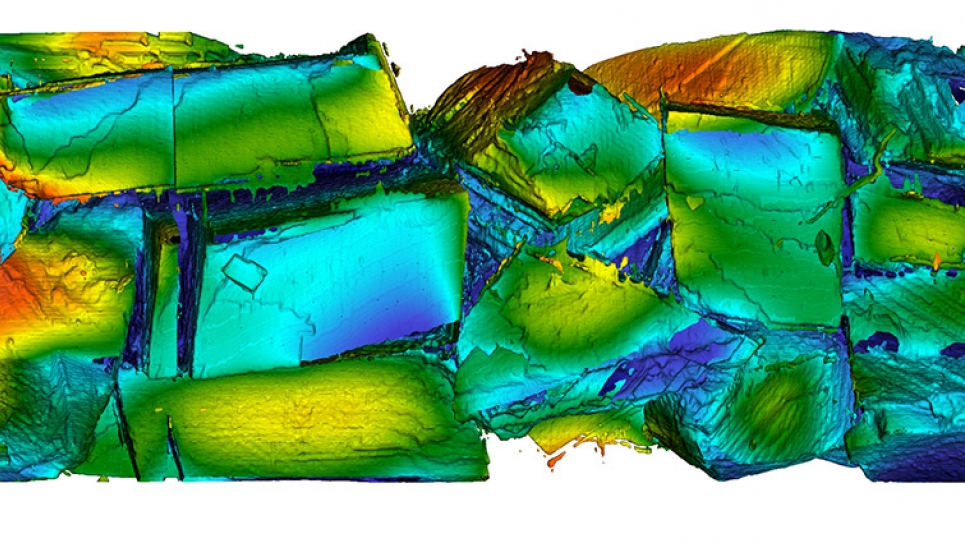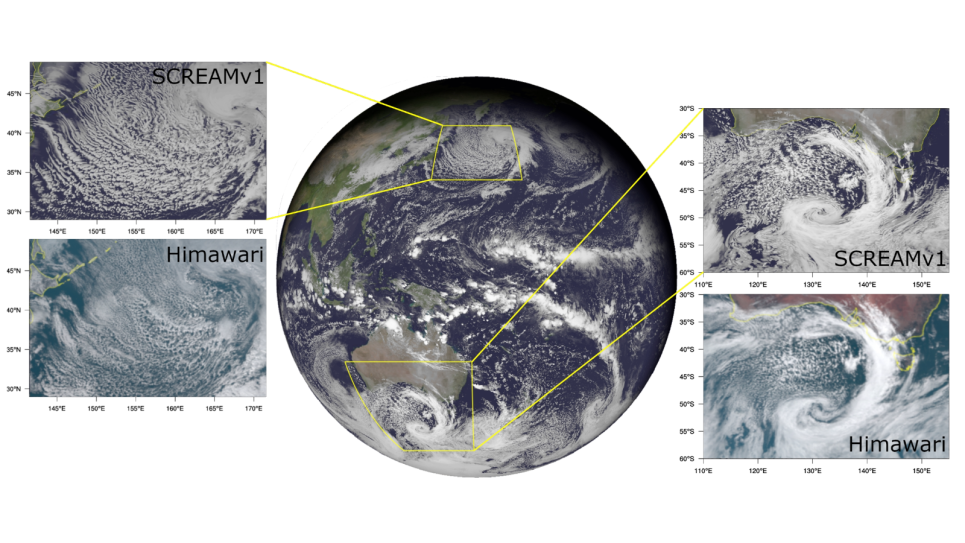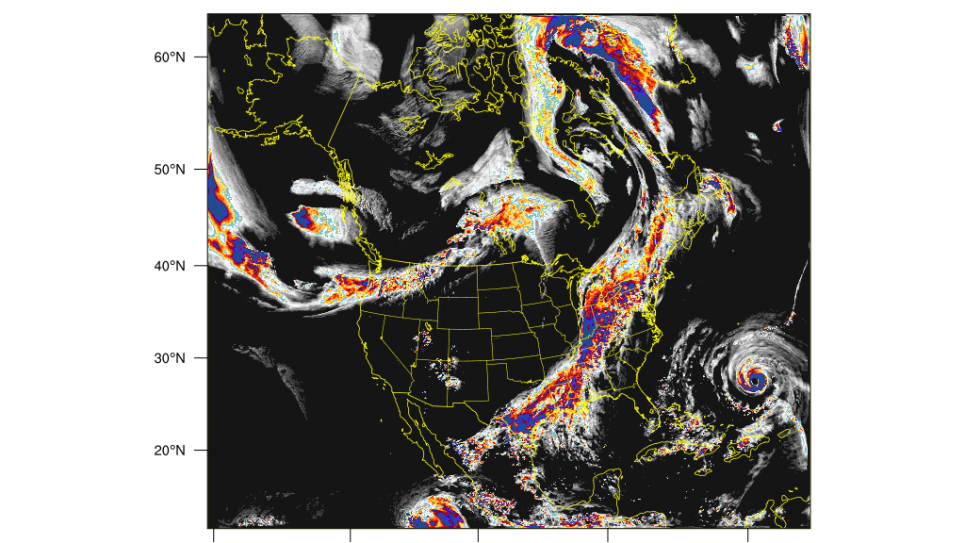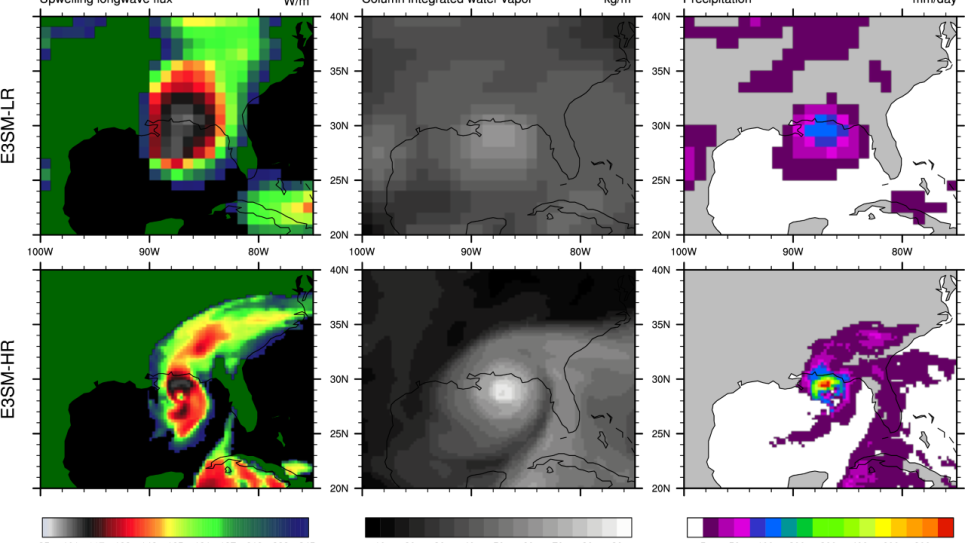
Chombo-Crunch: Modeling Pore-Scale Reactive Transport in Carbon Sequestration
Carbon sequestration, the process of capturing carbon dioxide (CO2) before it enters the atmosphere and transferring it into the earth, is a promising technique to help control greenhouse gas emissions. Researchers from the Nanoscale Control of Geologic CO2 (NCGC), a DOE Energy Frontier Research Center led by Lawrence Berkeley National Laboratory, will use supercomputers to advance the viability of carbon sequestration by gaining a better understanding of the flow and transport processes in porous rock materials. Specifically, NCGC’s objectives are to build a next-generation understanding of molecular-to-pore-scale processes in rock systems, and to demonstrate the ability to control critical aspects of flow and transport in porous rock.
To help meet these goals, the researchers have developed a new tool, called Chombo-Crunch, to perform simulations of flow and transport in complex micro-scale geometries obtained from image data. Chombo-Crunch combines the team’s multiscale, multiphysics simulation tools developed in the Chombo framework with the complex geochemistry module of CrunchFlow. This new combined approach delivers high-performance computational fluid dynamics with reactive transport modeling capabilities, enabling simulations at realistic time scales and at better-than-image data-grid resolution.
Researchers will run Chombo-Crunch to simulate reactive transport processes in realistic pore space obtained from image data of experiments. Simulation data will be used to inform X-ray synchrotron and neutron scattering experiments a priori, to help interpret the experimental results, and to generalize the results to the larger (porous-continuum) scales. Ultimately, this research effort aims to facilitate the safe storage of CO2 in subsurface reservoirs, which can help to reduce the threat of global warming by decreasing the amount of greenhouse gas emissions released in the atmosphere.


